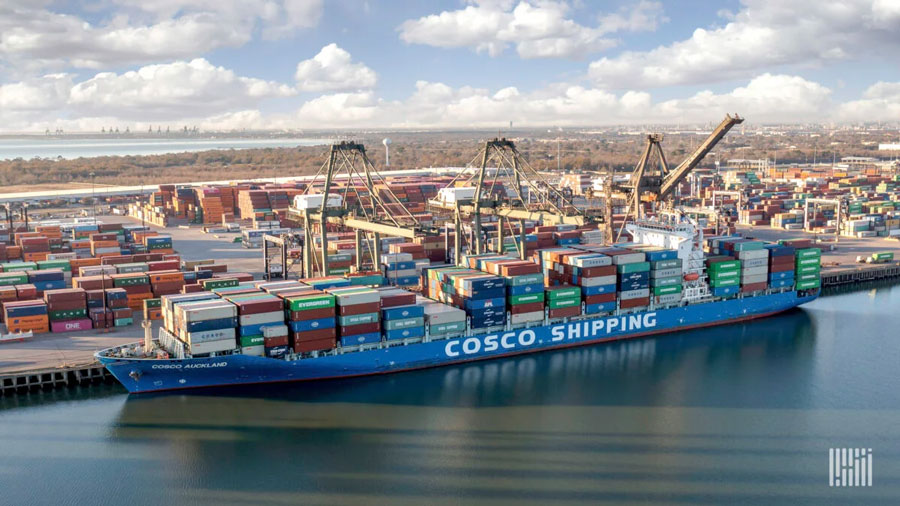


The Trump administration has proposed steep new fees on Chinese-built and operated vessels calling at U.S. ports, a move that could reshape North American shipping routes and give Canadian ports and railways a huge advantage.
Under the proposal from the Office of the United States Trade Representative (USTR), Chinese-built ships would face fees of up to $1.5 million each time they call at a U.S. port. Even ship operators with a Chinese-made ship will be charged $500,000 per call, while Chinese shipping companies such as Cosco will pay $1 million each time they call at any ship, regardless of its source.
The unprecedented fees are aimed at counterbalancing China's dominance in global shipbuilding and maritime transportation, but could unintentionally disrupt U.S. trade flows and supply chains.
Industry experts predict the fees will lead to a massive shift of cargo from U.S. ports to Canadian ports. Flexport CEO Ryan Petersen noted on social media that "many U.S.-bound shipments will attempt to be diverted to Prince Rupert and Vancouver and then shipped by rail to Chicago and other eastern ports."
Canada's ports of Vancouver and Prince Rupert, which are already important trans-Pacific gateways, are well positioned to take advantage of this shift. Through carriers such as Canadian National Railway and Canadian Pacific Kansas City Railway, these ports have strong rail connections to the American heartland and can handle the growing volume of traffic seamlessly.
The impact of these costs is amplified by the widespread presence of Chinese-made vessels around the world. Clarkson, a ship broker, reports that there are now 24,800 Chinese-made ships in operation worldwide, more than any other country. Even some US-flagged ships are built in Chinese shipyards.
For container lines, the financial losses can be staggering. Peterson estimates that the average container ship voyage generates about $15 million in revenue. If a typical service calls at a U.S. port three times, the cost of each voyage can reach $4.5 million - almost a third of revenue. Container liner companies are likely to pass those costs on to U.S. importers, making shipping with Chinese-made vessels much more expensive than with non-Chinese-made vessels.
The proposal also introduces the ambitious US cargo priority rule, which stipulates that an increasing number of US exports will be transported on US-flagged and ultimately US-built vessels. That could prompt exporters to ship goods through Canadian ports to avoid potential capacity shortages.
While not yet finalized, the fees mark a sharp escalation in trade tensions between the United States and China. For Canadian ports and intermodal operators, these fees could provide a windfall as supply chains adapt. However, if the plan goes forward, U.S. importers and consumers could face higher costs.
The U.S. Trade Representative's office will accept public comments on the proposal until March 24, with the final decision in the hands of President Trump. Given the risk of supply chain disruptions and higher consumer prices, the government may face pressure to adjust or delay the program. The proposed fee is in line with Trump's tough stance on China, a key appeal to his political base.
As the situation unfolds, shippers and logistics providers must keep an eye on the situation and be prepared for emergencies. A major shake-up of North American trade routes could be imminent, with Canadian rail expected to be a winner.





